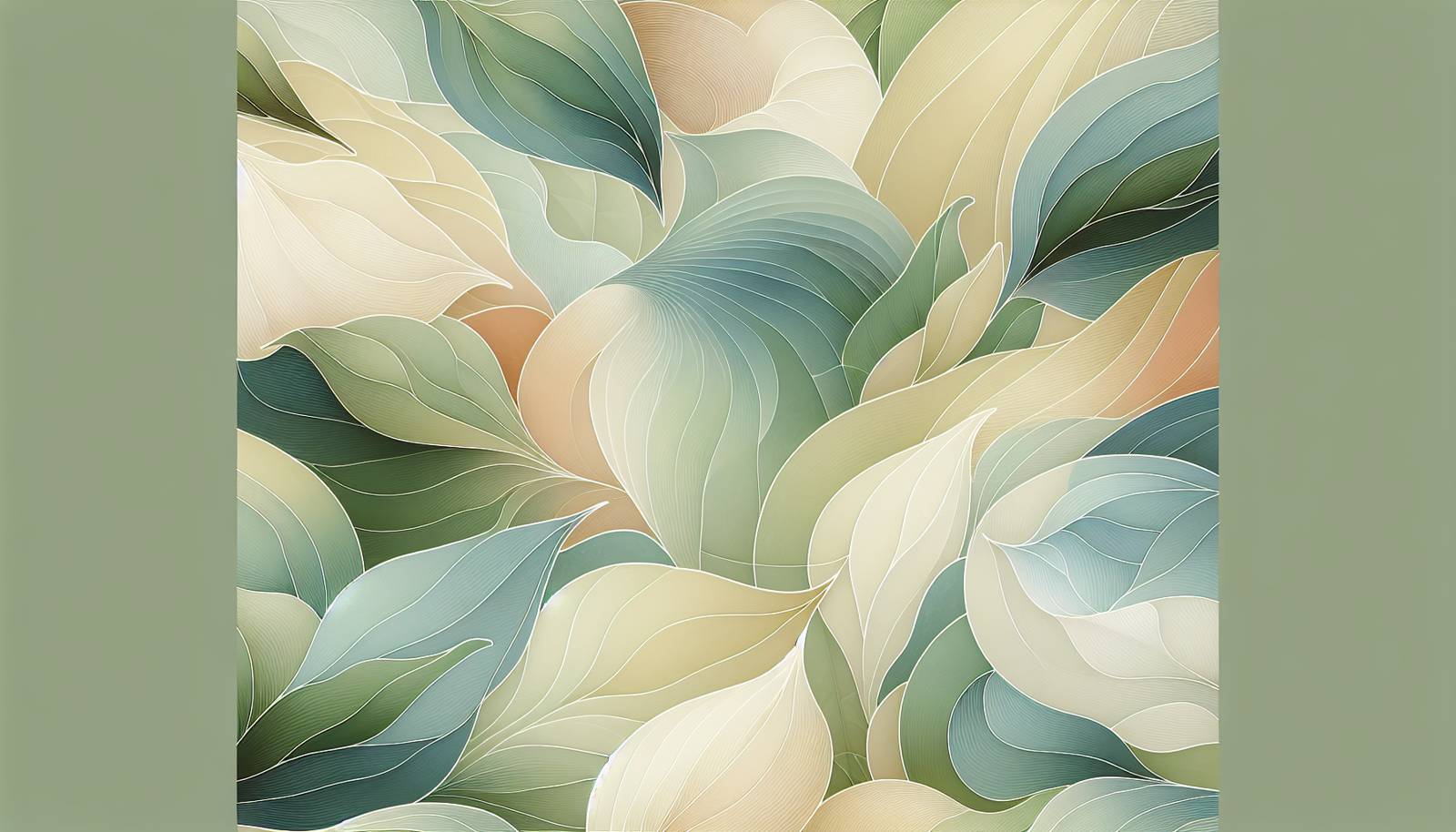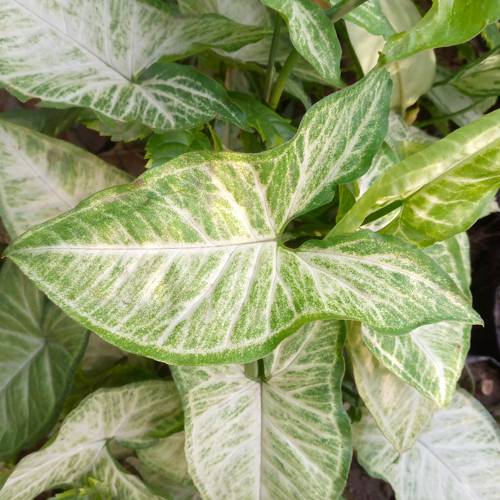
FAQ About Indoor Plant Leaf Variegation

What is variegation in indoor plants?
Variegation in plants is a condition where the leaves display multiple colors rather than being a solid green. This can occur naturally or be induced through horticultural practices. Variegated leaves often have patterns of white, cream, yellow, or even pink, along with the standard green.

Why are some indoor plant leaves variegated?
Variegation can occur due to genetic mutations, viral infections, or the chimeric nature of plant cell layers. It’s often sought after in indoor plants because of the aesthetic appeal it adds with diverse color patterns.

How do you care for variegated indoor plants?
Variegated plants generally require more light than their non-variegated counterparts because the white or yellow parts of the leaves have less chlorophyll, which is necessary for photosynthesis. Ensuring they receive bright, indirect light can help them thrive.

Are variegated plants more delicate than non-variegated ones?
Yes, variegated plants can be more delicate primarily because they have less chlorophyll, which affects their ability to photosynthesize efficiently. This can make them more prone to health issues if not given the optimal growing conditions.

Which types of indoor plants are commonly variegated?
Common variegated indoor plants include the Variegated Monstera, Ficus elastica 'Tineke', Pothos 'Marble Queen', and Calathea 'White Fusion'. Each of these plants has distinct variegations that add a unique visual appeal.

How do you propagate variegated plants?
Propagating variegated plants can be done through cuttings, but it requires careful selection of a stem with both variegated and healthy green sections. This ensures that the new plant maintains its variegated appearance while being able to photosynthesize properly.

Can variegation disappear from plant leaves?
Yes, plants can sometimes revert to being fully green. This often happens if the plant doesn't receive enough light, as it compensates by increasing chlorophyll production. To maintain variegation, provide adequate lighting and care.

Do variegated plants need special fertilizers?
Variegated plants generally do not require special fertilizers but benefit from regular feeding with a balanced houseplant fertilizer during the growing season. Avoid over-fertilizing, as excess nutrients can harm the plant.

Are variegated indoor plants more expensive?
Variegated plants are often more expensive than their non-variegated counterparts due to their unique appearance and the slower-growing nature of these plants. This rarity and additional care required can add to their cost.

Can variegation be induced in a plant artificially?
Yes, variegation can sometimes be induced through plant breeding and mutations, although it’s not easily controllable. It involves selective propagation of plants showing variegated patterns or using chemical mutagens, which is typically done in controlled settings.

Do variegated plants grow slower than non-variegated plants?
Yes, because variegated plants have less chlorophyll, they generally grow slower. The lack of chlorophyll in parts of the leaves means less energy production through photosynthesis, which can slow down their overall growth rate.

How do I increase variegation in my plant?
To increase variegation, ensure your plant receives adequate bright, indirect light. However, it is important to note that you cannot always increase variegation as it can depend on genetic factors.

What are common problems with variegated plants?
Common problems with variegated plants include leaf burn from too much direct sun, pests like spider mites, and root rot from overwatering. Maintaining proper light, watering, and humidity levels can help prevent these issues.

How does light affect variegated plant leaves?
Light is crucial for variegated plants as they need more of it for photosynthesis due to their reduced chlorophyll content. Inadequate lighting can cause the plant to revert to greener leaves for survival.

Do variegated leaves have any advantages over green leaves?
Variegated leaves primarily offer an aesthetic advantage, making them highly prized for decorative purposes. However, they are usually less efficient at photosynthesis compared to fully green leaves.

Why do some variegated plants revert to all green?
Plants may revert to all green if they are not receiving enough light, as producing more chlorophyll helps maximize photosynthesis for energy production, which can lead to more regular green leaves appearing to ensure the plant's survival.

What causes variegation in plant leaves?
Variegation can be caused by genetic mutations, chimera formation where two different genetic tissues coexist, viral infections, and sometimes environmental factors affecting pigment production.

How can I prevent my variegated plant from losing its color?
To maintain the variegation of your plant, provide it with adequate light, avoid over-fertilizing, and ensure it receives optimal water levels without causing stress through overwatering or underwatering.

Do all variegated plants need high humidity?
Not all variegated plants require high humidity, but many tropical varieties benefit from higher humidity levels to mimic their natural environment. However, the specific humidity needs can vary greatly depending on the plant species.

What is a chimera in plants?
A chimera in plants refers to a condition where a plant has two or more genetically different types of tissues. This can lead to variegation where distinct color variations appear between the tissues due to their differing genetic makeup.
